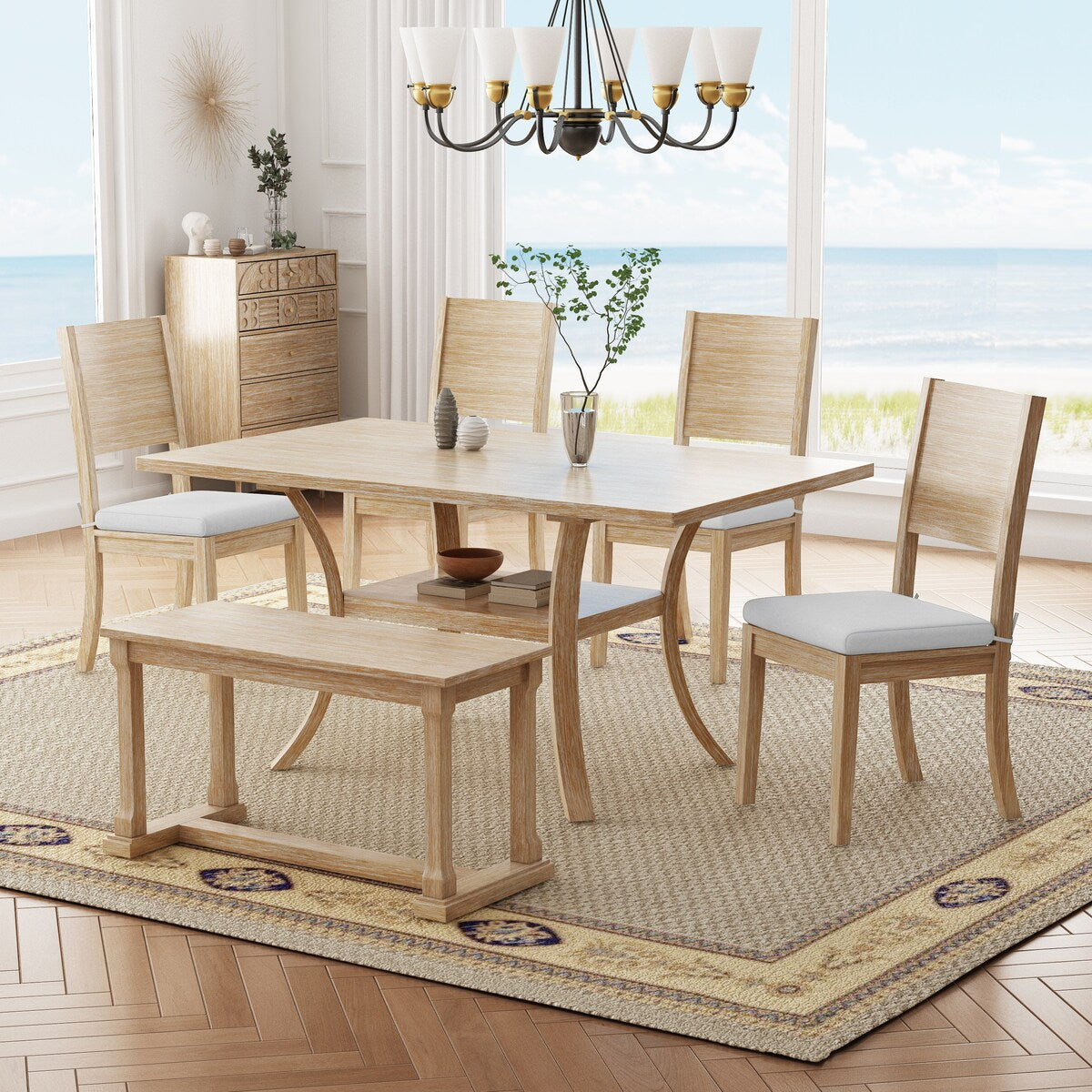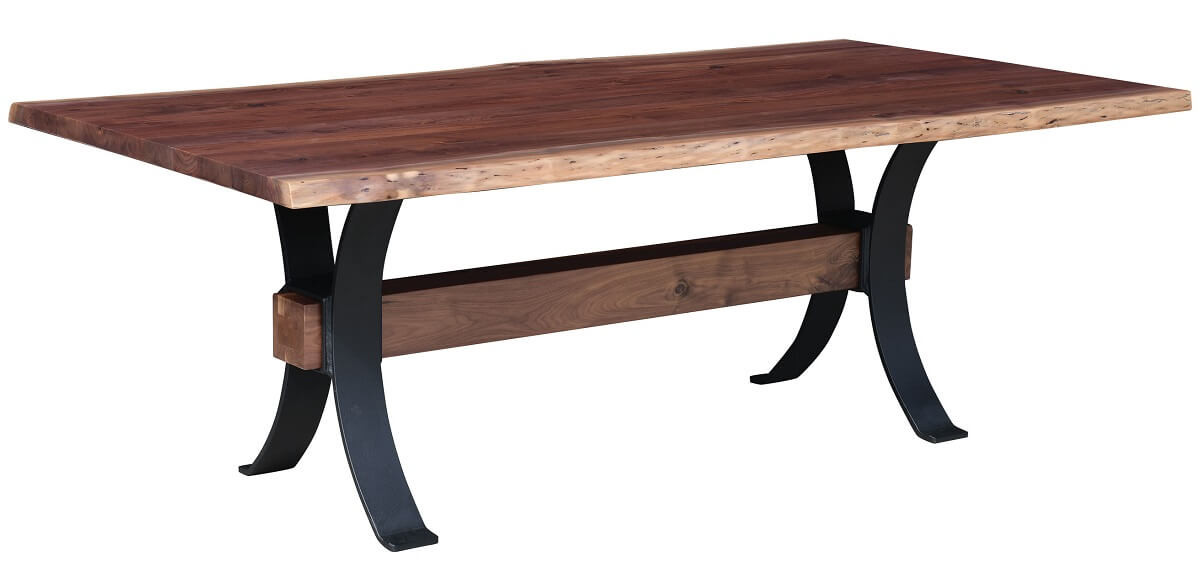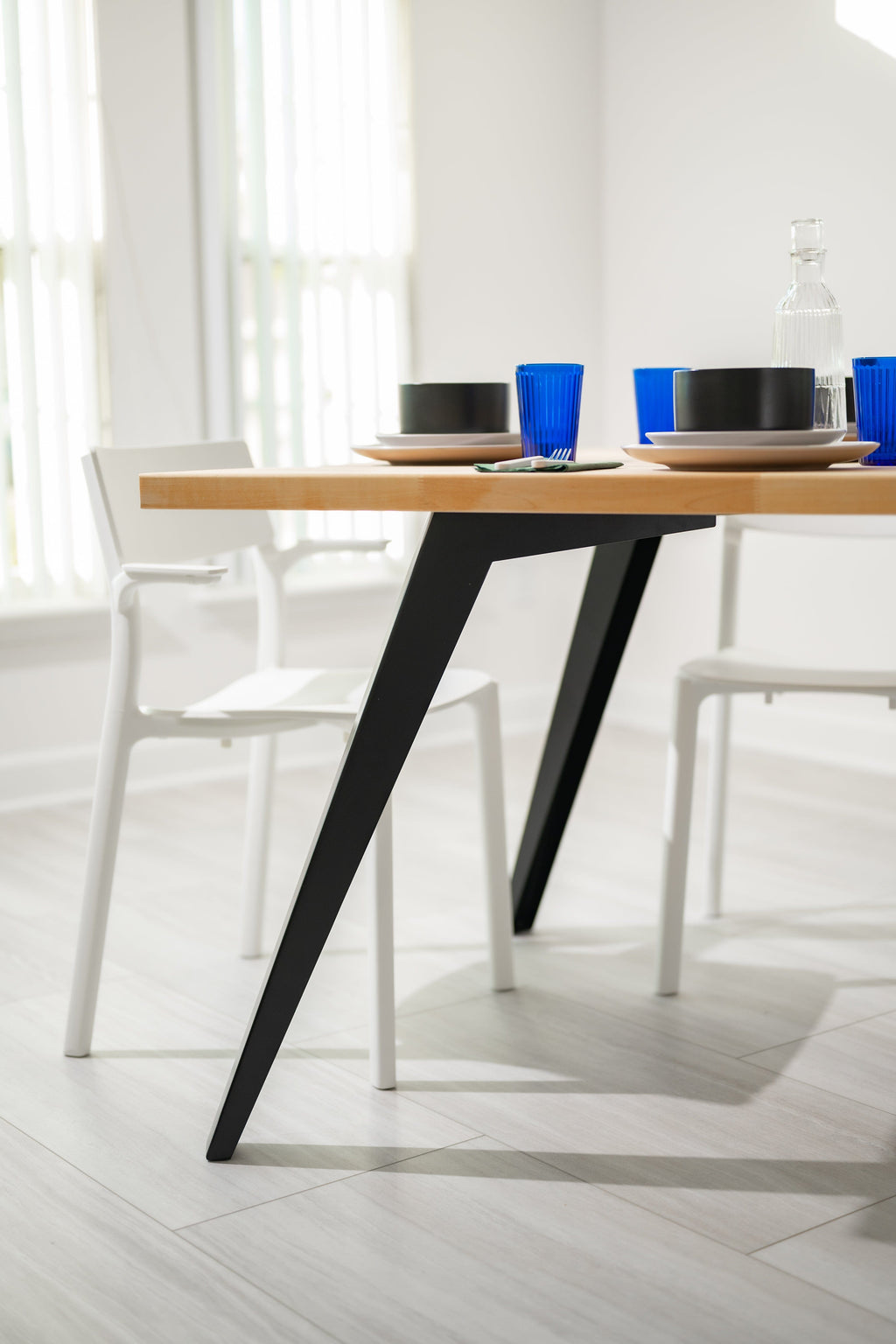Specialist Tips for Setting Up Eating Area Table Legs for Optimum Stability
When it comes to setting up dining area table legs, attaining maximum security is critical for both performance and visual appeals. What details strategies can enhance security also further?
Select the Right Legs
When choosing the appropriate legs for your eating area table, it is necessary to consider both performance and visual appeals. The legs you choose will substantially affect the general layout and stability of the table. Assess the table's planned usage; if you anticipate regular events, tougher legs, such as those made from strong timber or metal, may be much more appropriate, as they provide boosted durability and support.
Standard dining tables generally vary from 28 to 30 inches in elevation, so make certain the legs line up with this standard for comfort. Tapered legs can include a contemporary touch, while turned legs could share a much more classic visual.

Select Appropriate Equipment
Just how can the appropriate hardware boost the stability and long life of your eating space table? The option of suitable equipment is important to making certain that the legs of your table are safely affixed and able to stand up to regular use. Top quality screws, screws, and braces supply the necessary stamina to sustain the weight of the table, in addition to any extra lots positioned upon it throughout events or meals.
When picking screws, choose those made from sturdy products such as stainless-steel or brass, which stand up to rust and maintain integrity over time. The size of the screws is similarly vital; they should penetrate deeply right into the table's framework without compromising stability. For bolted links, take into consideration utilizing lock washers to avoid loosening due to resonance or motion.
Furthermore, using edge brackets can include added assistance, particularly for bigger tables or those with heavier tops. These braces disperse weight evenly and assist preserve the table's form. Guaranteeing that the equipment you choose is suitable for the specific materials of your table will further boost its general stability and durability, allowing you to appreciate your eating experience for several years ahead.
Ensure Correct Positioning
Appropriate positioning of dining room table legs is essential for both aesthetic allure and functional security. Misaligned legs can result in an irregular table top, which might not just be visually uninviting however likewise compromise the table's use. To accomplish optimum alignment, start by determining the distance from the table's corners to the leg attachment points. This makes sure that each leg is positioned equidistant from the edges, producing a balanced appearance.
Use a degree during setup to validate that each leg is vertical to the tabletop. It is suggested to note the wanted leg positions on the bottom of the table with a pencil or masking tape before protecting them.
Moreover, verify the placement after the preliminary screws are tightened up, as modifications might be required prior to completely safeguarding the equipment. By focusing on appropriate positioning, you not only enhance the table's general design however likewise make sure that it stays useful and stable for many years to find.

Think About Weight Distribution
After guaranteeing correct alignment of the eating space table legs, it is very important to think about weight circulation to boost security and performance. dining room table legs. Appropriate weight distribution is vital in stopping ensuring and wobbling that the table can sustain its intended lots without danger of tipping or collapsing
When positioning the legs, guarantee they are put at equivalent distances from the facility of the table to uniformly disperse the weight across the structure. Take into consideration the weight of the tabletop and any type of items that will regularly relax on it, such as decorative pieces or tabletop devices. Tables with heavier surface areas must ideally have legs located closer to the corners, as this makes best use of the base of support and decreases the browse around this web-site threat of instability.
In addition, if the table is intended for usage in a high-traffic location, take into consideration using larger materials for the legs or including stabilizing elements, such as cross-bracing or a continue reading this reduced shelf - dining room table legs. These changes can help keep balance and avoid changing throughout use. Eventually, a well-considered weight distribution method will substantially enhance the table's overall efficiency, guaranteeing it continues to be a attractive and practical centerpiece for your eating space
Test Stability Before Usage
Evaluating the stability of the eating area table prior to usage is an important action that needs to not be ignored. If the table shows instability, determine the legs or joints that might require change.
Following, check that all fasteners and screws are tightened up correctly. Loosened connections can lead to instability and prospective damages in time. If needed, utilize wood adhesive on joints to boost stability, making sure to allow adequate drying time.

Final Thought
In conclusion, the installation of dining-room table legs calls for careful factor to consider of products, weight, placement, and hardware circulation to accomplish optimum security. By choosing high-quality bolts and tough legs, making certain accurate placement, and distributing weight uniformly, the structural honesty of the table can be dramatically enhanced. Performing a security examination prior to regular usage better guarantees that the table will endure day-to-day pressures, therefore offering a safe and dependable dining experience.
When it comes to mounting dining Homepage space table legs, accomplishing maximum security is extremely important for both performance and visual appeals. The legs you choose will dramatically influence the overall style and security of the table (dining room table legs). Conventional eating tables generally vary from 28 to 30 inches in elevation, so make sure the legs line up with this criterion for convenience.Appropriate placement of dining space table legs is vital for both visual allure and practical security.In conclusion, the installment of dining space table legs calls for mindful consideration of materials, equipment, weight, and positioning circulation to accomplish maximum stability
 Jenna Jameson Then & Now!
Jenna Jameson Then & Now! Melissa Joan Hart Then & Now!
Melissa Joan Hart Then & Now! Mason Reese Then & Now!
Mason Reese Then & Now! Morgan Fairchild Then & Now!
Morgan Fairchild Then & Now! Rossy de Palma Then & Now!
Rossy de Palma Then & Now!